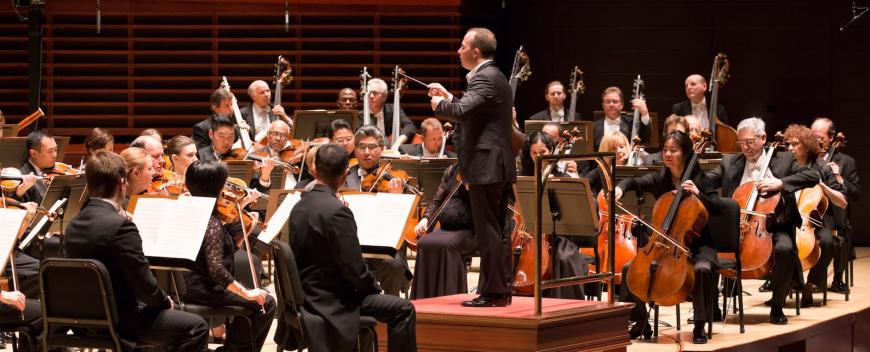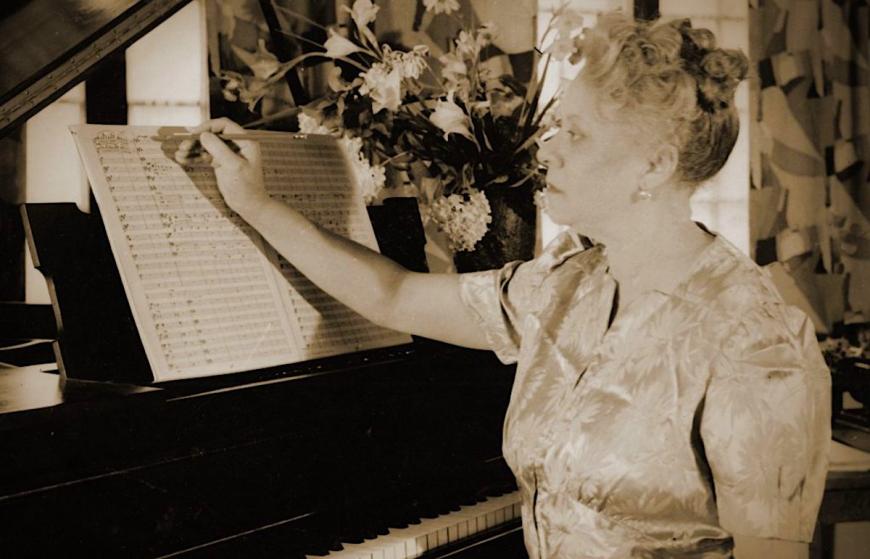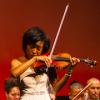
The game has been joined. The Florence Beatrice Price revival, which trundled along slowly for the last two decades or so before leaping forward in the trail of the events of 2020, has gone big-time. The Philadelphia Orchestra under the direction of Yannick Nezét-Séguin is recording her music for an international major label, Deutsche Grammophon, starting with the Symphonies Nos. 1 and 3.
Naxos may have gotten a head start in John Jeter’s recordings of the Symphonies Nos. 1 and 4 — with No. 3 due in November — but Yannick’s are the first with an orchestra of the caliber of the Philadelphia. The catch is that they are available only for streaming and downloading at this point; a CD release may come later when the cycle is complete. Yannick and the Philadelphians performed and presumably recorded No. 4 in early October but No. 2 is not on their 2021–2022 schedule (it “remains lost” according to the Philadelphia Orchestra website), so it’s hard to say whether the cycle of four can be completed.

What we hear in the Symphony No. 1 (1931–932) — which the record books say was the first symphony by an African American woman to be performed by a major orchestra (Frederick Stock and the Chicago Symphony in 1933) — is music thoroughly under the spell of Dvořák’s ubiquitous “New World” Symphony (same key, too — E minor). It is organized as a traditional four-movement classical symphony, with a sonata-form first movement that opens with a theme that sounds like a hybrid of Dvořák and William Grant Still. A Largo movement follows with pentatonic themes repeated in various forms by the brasses; I find it too long and repetitive but it has a few tingling moments when chimes and glockenspiel gently and briefly interrupt the brass.
Price’s idea of a scherzo movement is a Juba Dance with folk-like themes, a boat whistle (Jeter’s version uses a slide whistle), and joyful syncopated rhythms — and the short finale is a series of rapid dance tunes in triplets. The whole thing strikes me as music from a bygone time never to return, but it ought to have great appeal to Dvořák-conditioned audiences due to the shock of hearing something fresh and yet familiar-sounding.
The Symphony No. 3 (1940) is structured in exactly the same top-heavy way — lengthy opening and slow movements followed by a short Juba Dance and a short finale. But this work is a little more advanced in its outlook, with a slow first movement opening that has Wagnerian implications before slipping back into Dvořák mode. This first movement is more of a loose fantasia than its predecessor, and the whole-tone scale of Debussy infiltrates the work now and then. The slow movement seems to tap into a vein of Edward MacDowell-like sentiment and southern spirituals. Again, a ragtimey Juba Dance scherzo is the most vital part of the symphony, this time sporting a Trio with subtle tango elements and a brief blues for xylophone — and again, triplet figures run through the finale. This work, like the First Symphony, was played and praised at the time of its conception, and eventually forgotten.
Why were these eminently playable pieces dropped from the repertory? Racism, yes, but that’s just part of the story. The main reason, I think, was that they were simply considered old-fashioned by the opinion-leaders — the same reason why even great symphonies by white male American composers from this period like Hanson, Harris, Piston, Schuman, etc. were cast to the roadside after the 1950s. These performances, splendidly and lovingly played by Nezét-Séguin and the Philadelphians, can only spur Florence Price’s visibility onward and upward.





